The MidlandsPopular culture in the UK seems to distinguish between the 'north' and London, with scarcely a mention of the land in between. However, the Midlands is culturally, historically and economically one of the most important regions in the country. After all, the Midlands is where the Industrial Revolution took birth, the middle-earth of Tolkien, it's the place that gave us league football and the sport of rugby, it's the birthplace of William Shakespeare and is home to the UK's second largest city. This article focuses on the (West) Midlands and I look at 10 reasons why you really should visit it. 10. Watch a football gameYou could argue that you can watch a game in most places of the UK, but modern football owes a significant debt to the West Midlands. You see, the Midlands is the home of league football, founded and organised by Aston Villa chairman William McGregor, and teams from the West Midlands made up a third of the very first football league season. Three teams from the West Midlands are among the most successful teams in the history of English football. West Bromwich Albion rank 16th in terms of success, Wolverhampton Wanderers are 11th and Aston Villa are 7th (including winning the European Cup). Wolves and Villa in particular have dominated football in similar ways to Liverpool and Manchester United more recently. Aston Villa were the most successful club in English football until the mid 20th century, while Wolves were considered Europe's leading team in the early 1950s. While all three clubs haven't quite reached those periods of dominance recently, all three regularly play top flight football in England's Premier League. All three clubs have large modern stadiums, and while tickets to bigger games can be difficult to come by, there's always some availability for early round cup games and some smaller league games. I've visited all three stadiums, and they are all filled with history, with some of the best crowds in the league. All three clubs have played their football in their current homes for over 120 years, and so unlike some of the newer out-of-town, bowl shaped clones, these stadiums are built within their local community and have incredible atmosphere. There are plenty of other clubs in the Midlands you can also watch - Birmingham City, Stoke City, Coventry City all play in the English football leagues with considerable followings, histories and relatively large stadiums, while more local teams such as Kidderminster Harriers and Walsall Town are also football league mainstays. 9. Visit the smaller towns and villagesSome of the best places in the West Midlands are those that many outside the Midlands might never have heard about. The smaller towns, villages and outdoor spaces. While the area directly south of the Midlands gets a lot of national attention for its natural beauty (the Cotswolds), the Midlands itself has a lot to offer, from the Lickey Hills in south Birmingham, to the fossil rich Wren's Nest Nature reserve in Dudley, and the Shropshire Hills on the western extremity of the Midlands. The area west of the Black Country is home to several must visit smaller settlements. The gorgeous Ironbridge village is home to one of the world's first cast iron bridges, and it still dominates the area today and welcomes tourists from across the area. Not far from Ironbridge is Stourport-on-Severn, a popular spot for day trippers from the Black Country. Nearby is the beautiful town of Bridgnorth which is home to one of the steepest funicular railways in the UK, as well as several historic buildings and a unique topography that is well worth seeing (you can read about it more here). 8. See Shakespeare's Birthplace in StratfordThe most famous author in the history of the English language was born in the southern tip of what is now the West Midlands, in the market town of Stratford-Upon-Avon. Unlike areas to the north, the Industrial Revolution largely passed Stratford by and therefore it still manages to keep many of the buildings from Shakespeare's time, including his house. Henley Street is the oldest street in the town and houses numerous shops, restaurants and cafes, as well as being home to Shakespeare's House and a Shakespeare focused museum. Nearby Sheep Street contains some of the best kept half-timbered houses dating back to the 16th century in the UK, while a short drive takes you to the beautiful thatched cottage known as Anne Hathaway's House, the wife of Shakespeare. However, the town isn't all Shakespeare. It's home to a beautiful riverwalk as well as the UK's largest tropical butterfly farm. There are roughly 2000 butterflies from across 250 different species and they come from 20 different countries. It was definitely a highlight from my trip (which you can read about here), and if you make it to the Midlands, a stop off at Stratford is highly recommended. 7. Visit Sikh Gurdwaras & explore Panjabi cultureIf you're interested in exploring Sikhi or understanding the Sikh faith, look no further than the Midlands. London might have Southall, but the Midlands has several areas where Sikhs have set up shop in large numbers. Almost every town in the area has at least one Gurdwara, and with a Sikh presence since at least the 1940s, the Midlands also has a wide variety of Gurdwara architectures, from the 19th century church building now known as the Ramgarhia Sikh Temple, to Guru Nanak Gurdwara in Smethwick that dates back to the 1950s, all the way to more modern Gurdwaras in places like Leamington and Willenhall which are among the largest in the country. If you fancy visiting a Gurdwara, eating some langar (free vegetarian food) and learning what Sikhi is about, here's a short list of Gurdwaras in the Midlands you can visit today! More broadly, the Midlands has long been the centre of Panjabi culture in the UK. In the 1980s through to the early 2000s, the area around Soho Road in Handsworth was known as the home of western bhangra music. Even today, towns and neighbourhoods like Leamington, Handsworth, Smethwick, Walsall and Wolverhampton house large numbers of Panjabi Sikhs and businesses owned and run by them. If you like Panjabi clothes or Panjabi food, you can't really go wrong in the Midlands. I'd particularly recommend Dudley Road in Wolverhampton or Soho Road in Handsworth, but you can find Panjabi businesses across the area. The Midlands is also home to several vegetarian, vegan and egg-free Sikh restaurants, of which Mr Singh's Pizza is probably the most famous. For those of you who eat meat, the Midlands is also home to the Panjabi Mixed Grill. There are tandoori grills in almost every major town in the Midlands with some of the best located in Sandwell (areas like Oldbury and West Bromwich). Importantly, meat served in these places is non-halal (Sikhs can't eat ritually slaughtered meat) and so - while Sikhs tend to avoid Indian restaurants in the area - mixed grills are usually packed with Sikhs and non-Sikhs alike. 6. Go wild @ West Midlands Safari ParkThe Midlands is home to the near 100 year old Dudley Zoological Gardens, as well as several smaller zoos dotted throughout the region. However, when you think of a safari, you probably don't think of the Midlands. But that's exactly what the West Midlands Safari Park is - a nearly 50 year old institution spread over 200 acres of countryside in the English Midlands. The park is an important player in the global conservation efforts of some critically endangered species, and so visiting the park provides support to some of the most vulnerable animals on the planet. The park itself has everything you might want to see including, elephants, rhinos, hippos, tigers and lions (even white lions). In fact, I saw more big animals in West Midlands Safari Park than I did at the Nairobi National Park in Kenya (which you can read about here). There's also a small theme park attached to the park, but the less said about that the better. For its main attraction, the Safari Park delivers and then some. If you fancy feeding giraffes from the windows of your car, or watching lions brush against your wing mirrors then you should definitely visit West Midlands Safari Park (and you can read about my experience of the Safari Park here) 5. Relax in the UK's largest enclosed parkIf I were to ask what the largest urban park in the UK is, most would probably answer a park somewhere in London. It's true, London has some incredible parks, and I've written about all the ones I have visited (including every Royal Park) in an article here. But the largest urban park in the UK is actually in the Midlands, and it just so happens to be one of the largest urban parks in Europe. Located in the Royal Town of Sutton Coldfield, in north east Birmingham, Sutton Park is almost 2500 acres in size. A quarter of the park is ancient woodlands, while the rest of the park is home to seven different lakes, wetlands, marshes, a private golf course and even a donkey sanctuary. The park is so big, it's one of the few that I've actually managed to get a little lost in. And despite the fact that the park is one of the most visited parts of the Midlands, the sheer size of it means that you can find yourself walking for minutes on end without even getting close to seeing another human being. Parts of the park are incredibly secluded and make you forget you're on the doorstep of the UK's second largest city, while other parts of the park provide for beautiful views of Birmingham's quickly changing skyline. If all you think about is a concrete jungle when someone mentions the West Midlands, then you should definitely visit Sutton Park and see the other side of the region. 4. Get lost in the biggest regional library in EuropeIt's one of the largest public libraries in the UK, the largest regional library in Europe, and one of the most popular visitor attractions in the UK. The Library of Birmingham, located in Centenary Square in Birmingham City Centre is one of the best libraries I have visited anywhere in the world, and certainly the best in the UK (the British Library in London pales in comparison). The outside of the Library has a bold modern look (perhaps not to everyone's taste), but the inside is nothing short of specular. A fairly lowkey entrance masks an incredible array of works housed in the library. Believe it or not, it houses the largest collection of works by William Shakespeare in the UK with roughly 43,000 books, as well as archives detailing some of the largest and most important works during the Industrial Revolution. The architecture is almost as impressive as the 800,000 or so books that it contains. Escalators feel like the nervous system of the library, carrying people from the ground floor all the way to the roof gardens (of which there are three - all with incredible views of the city). The book rotunda feels like something out of a Harry Potter novel, with tens of thousands of books circling each floor. The Shakespeare Memorial room dates back to 1882, and has been successively moved each time the library has been rebuilt, faithfully restored to its original condition. Meeting rooms, cafes and breakout areas dot each floor, and the library even manages to have a small garden in one of the roof terraces. Trust me, if you're in Birmingham, make sure to step inside the library - best of all, it's free of charge. 3. Explore Birmingham City CentreBirmingham has a bad reputation - a really bad reputation. I understand why. After growing to become one of the largest cities in the world during the Industrial Revolution, the city suffered heavy damage during the Second World War. The reconstruction was done poorly, designed in the brutalist architecture popular at the time, the city became a concrete jungle. The growth of the car as a medium of transport during the same time meant the city lost much of its charm as large highways were built through the city to try to make it as functional as possible in the 'modern' age. At the same time, the impact of deindustrialisation and globalisation meant that jobs traditionally done in the city were moved to countries where labour was cheaper. These factors combined to leave Birmingham as a bit of a s*hithole for the second part of the 20th century. But at the turn of the millennium, Birmingham started to stir again. A creative spirit, long lost, was reawakened, and the city began a regeneration that is now in full swing.. I have travelled to many countries around the world, and wrote articles on most of them, and I say this with all sincerity. Drop me in the middle of Birmingham City Centre, and there aren't too many cities in the world that are more beautiful. I know, that sounds strong - but if you don't believe me, check out my article on Birmingham here, or better yet - visit the city yourself. It has everything. After spending the best part of 7 years in London, I can say where London has Shoreditch, Birmingham has Digbeth, a bohemian area that is as cool as Shoreditch was before it became fully gentrified. Colmore Row is the business quarter, and combines the architectural beauty of the City of London, with the high rise buildings of Canary Wharf (although much smaller). Nearby, the area around the Bullring and Victoria Square is where you'll find most of the shoppers. The Mailbox and the Cube has much in common with the zone 1 riverside areas of London, with beautiful canals connecting the two landmarks with other parts of Birmingham. Meanwhile, the Jewellery Quarter is home to the greatest concentration of jewellers in the UK, and its location and village like vibe on the edge of the city centre reminds me of Greenwich. While the nightlife is best in Digbeth, areas around the canals, Brindley Place and Chinatown all have something different to offer. The city centre is also home to some genuinely beautiful buildings. The Town Hall, Birmingham's Council Building, the Library of Birmingham, St. Martin's Church and almost every building in the nearby University of Birmingham are all genuinely stunning pieces of architecture. Now is it as good as London? Probably not, but when London is 7 times the size of the next biggest city, with decades of over investment compared to every other region of the UK - it's never going to be. But considering how badly the rest of the UK has been shafted when it comes to investment, Birmingham has done a damn good job reinventing itself, and right now - ahead of the Commonwealth Games - the city has an energy unlike anywhere else. 2. Step back in time at the Black Country MuseumI've visited museums throughout the world, and even wrote some articles on my favourite museums in London and New York. But honestly, the Black Country Museum is probably my favourite museum in the world, and for good reason, The museum was built in 1978 and recreates life in the Black Country from the Victorian Age up to the middle of the 20th century. If you don't know what the Black Country is and you want to learn more, you can read my article here. The museum is a 'living' museum located in the heart of the Black Country, meaning rather than staring through glass at artefacts from hundreds of years ago, you can interact with the exhibit, walking through shops from the Victorian period and watching horses and carts traversing the streets. You can ride trolley buses from the entrance to the main village, walk through streets with buildings that date back over 150 years, visit mines and workshops, interact with guides and actors dressed up in clothes from Victorian and Edwardian periods, sit in a school and learn about teaching in the 19th century, and even buy food, drinks and confectionary from shops that date back almost two centuries. It's one of the best (yet underrated) attractions not only in the Midlands but the UK. If you have the opportunity, I'd definitely recommend a visit, and while the £20 entry price is quite steep, it does allow additional visits in the following 12 months using the same ticket. 1. Take a walk along the canalsThe one fact that seems to blow everyone's minds is that Birmingham has more miles of canals than Venice - and the broader Midlands area has even more. It doesn't sound like the fact should be true, right? Well, during the 18th and 19th centuries, an extensive canal network was created to help transport goods around the Midlands and further afield. Raw materials extracted from the Black Country could be transported to the many workshops in the local area, and the finished products were then sold abroad. The advent of the steam engine, and then the automobile meant that canals were used less frequently and by the 20th century were in a state of neglect. But the whole canal system has gone through a metamorphosis recently. A lot of regeneration has occurred along the entire network, and the towpaths are now some of the most beautiful walks you can experience. In Birmingham, the canals are lined up with small bars and restaurants, occasionally breaking into larger spaces of entertainment. A little further out - and particularly in the Black Country sections - the walks are incredibly picturesque, serene and peaceful. In fact, the stretch from Stourbridge through Dudley and into Wolverhampton can at times feel like you've been transported into another world. You never know what you're going to come across. One moment you might be surrounded by rolling green hills, the next you might walk under (or over) historic bridges and past other landmarks from the Industrial Revolution, and in some areas you find yourself on a towpath but walking through a busy area like a city centre, a town or a shopping precinct. While you can walk the towpaths for free across the network, a good introduction to the history of the canals in the area is through the Dudley Canal and Tunnel Trust. You can take a short trip down through the canals with the Dudley Canal and Tunnel Trust (for a small fee) and learn more about the construction of the network, and if you're lucky, you're also likely to see some fossils in the tunnels. On a warm day, there aren't too many places I'd rather be than exploring the canal network in the Midlands and taking scenic walks through an area often forgotten by the rest of the world. This is just a list of 10 things, but there is so much more to see and do. From Cadbury World in Bourneville, to theme parks like Drayton Manor near Tamworth, historical landmarks like Dudley Castle and modern marvels like the Cube in Birmingham, the Midlands is definitely worth a visit. Comments are closed.
|
AuthorBritish Sikh, born in the Midlands, based in London, travelling the world seeing new cultures. Categories
All
|

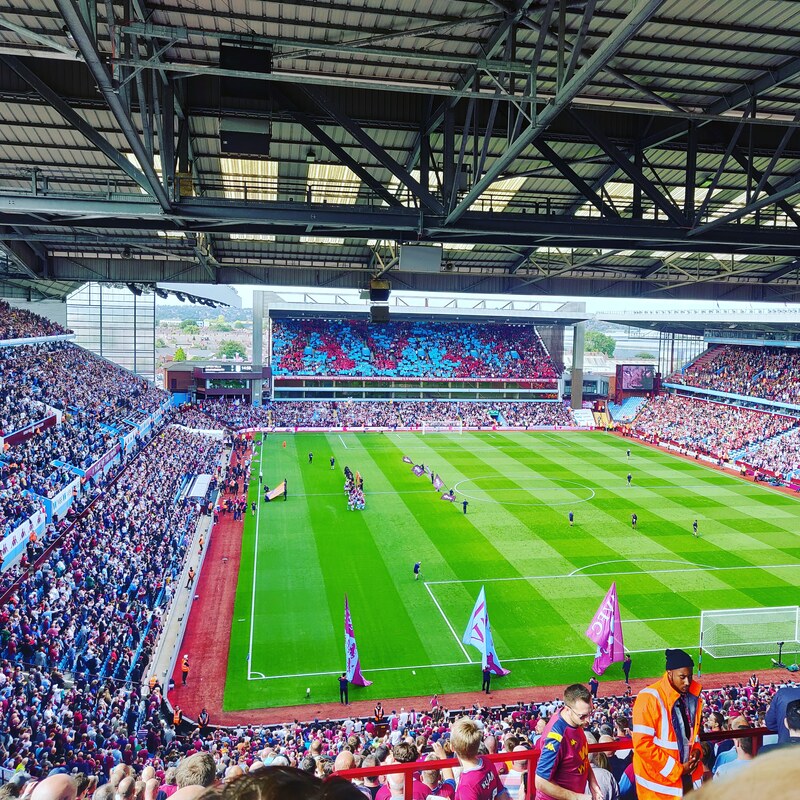
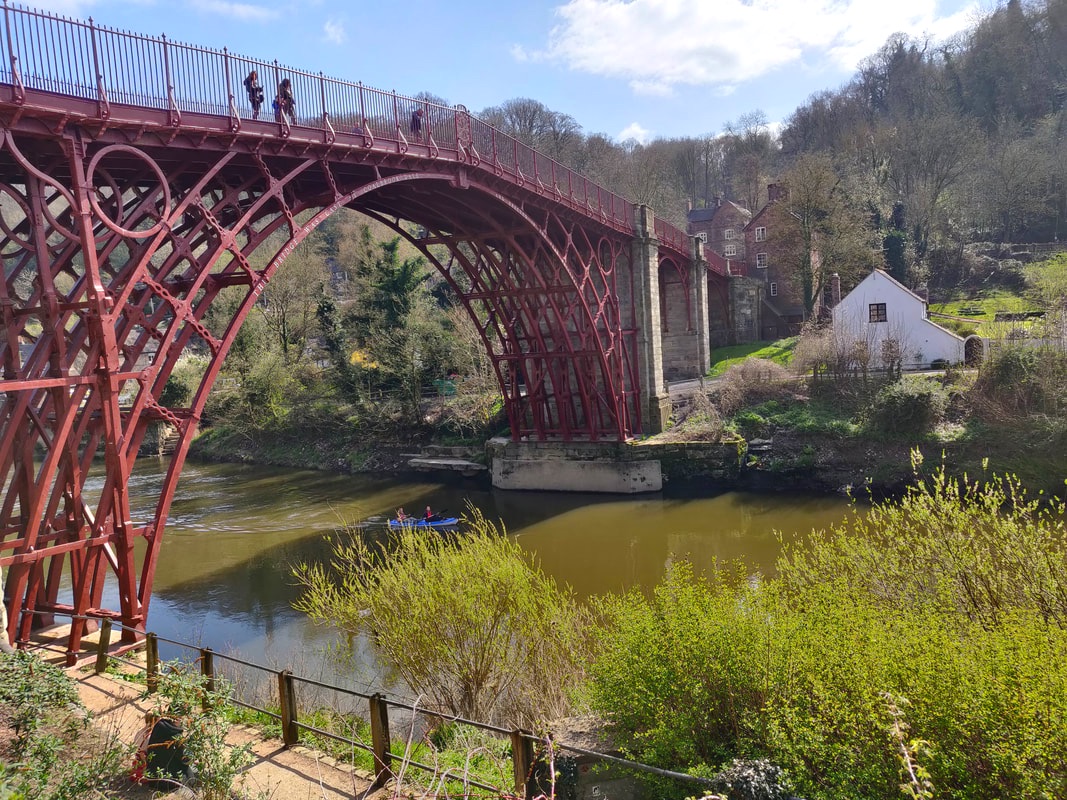

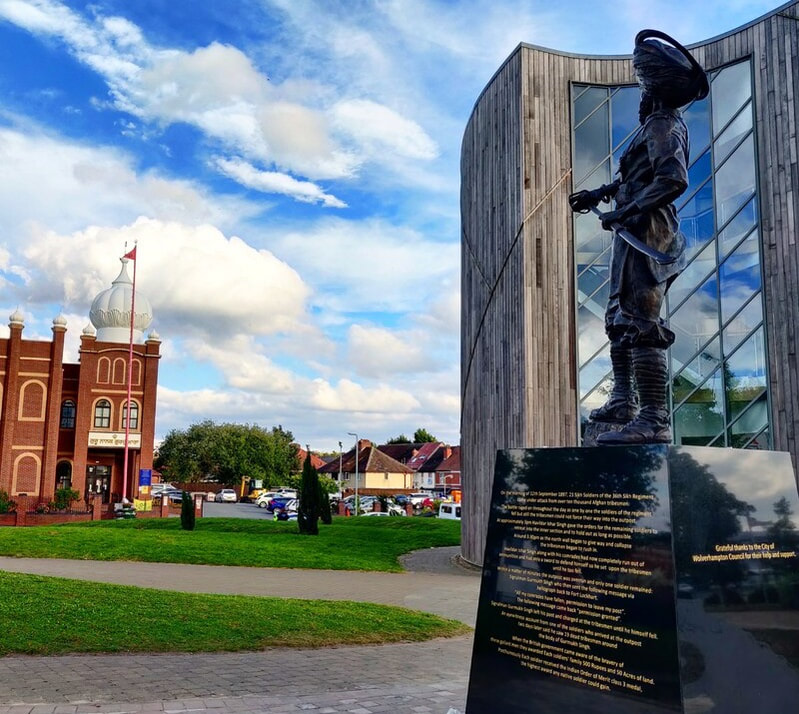
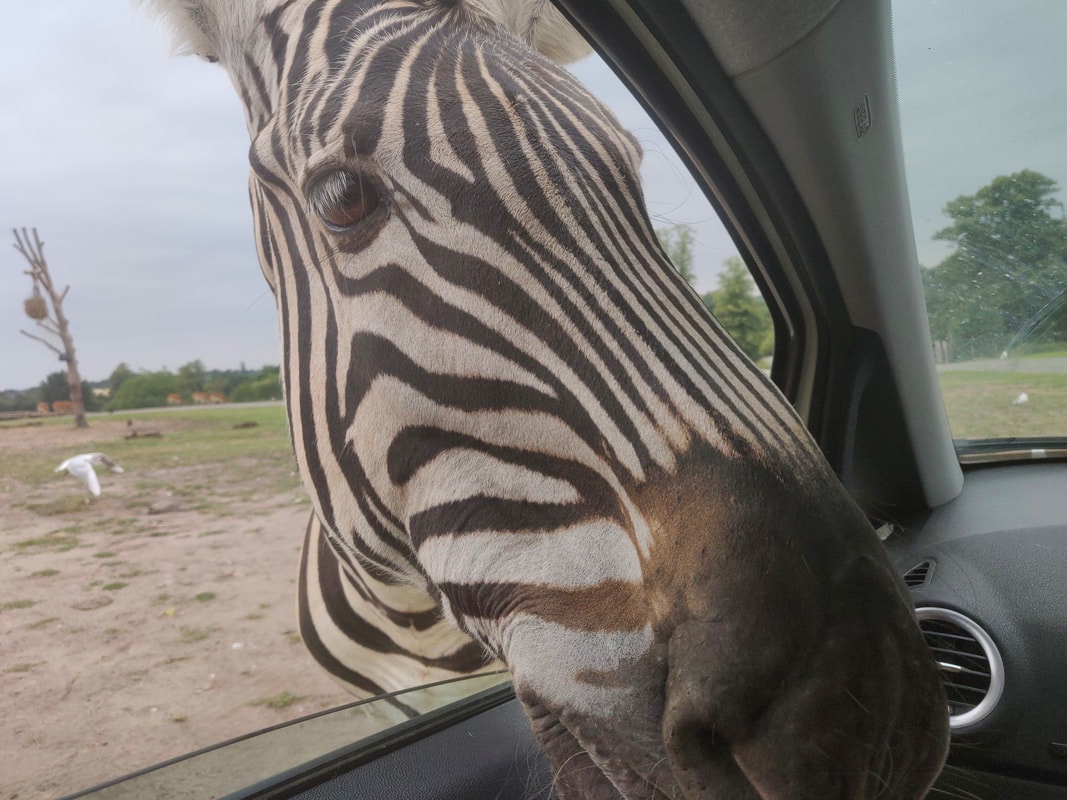

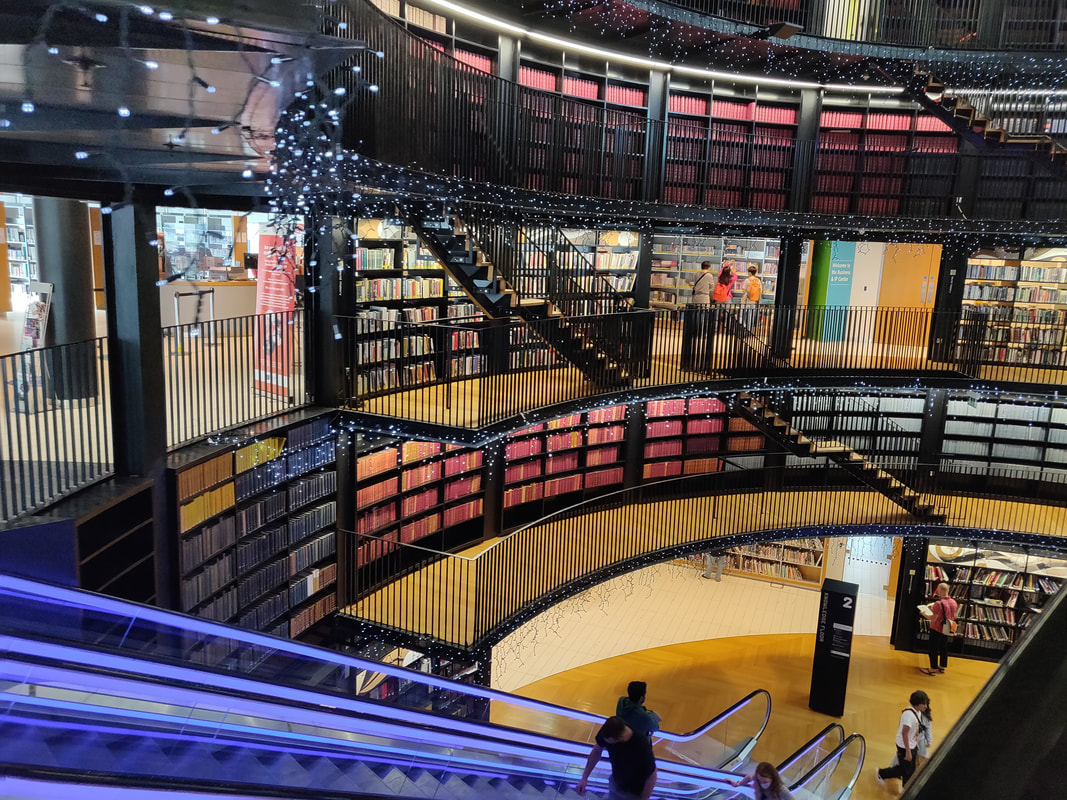


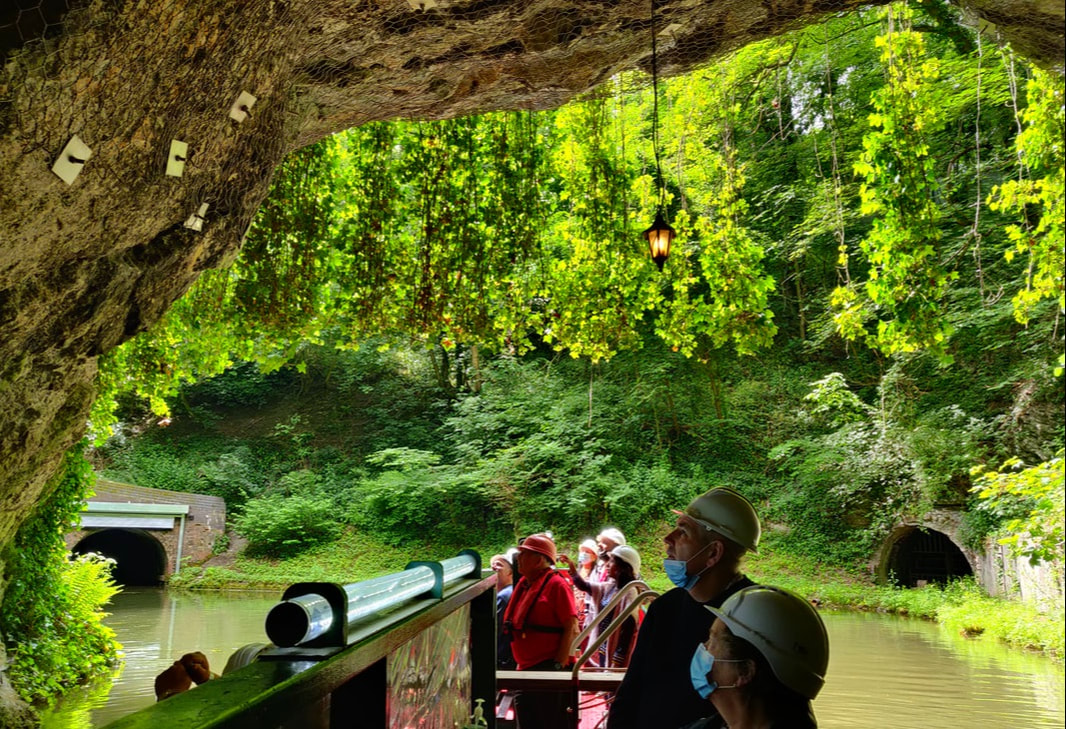

 RSS Feed
RSS Feed